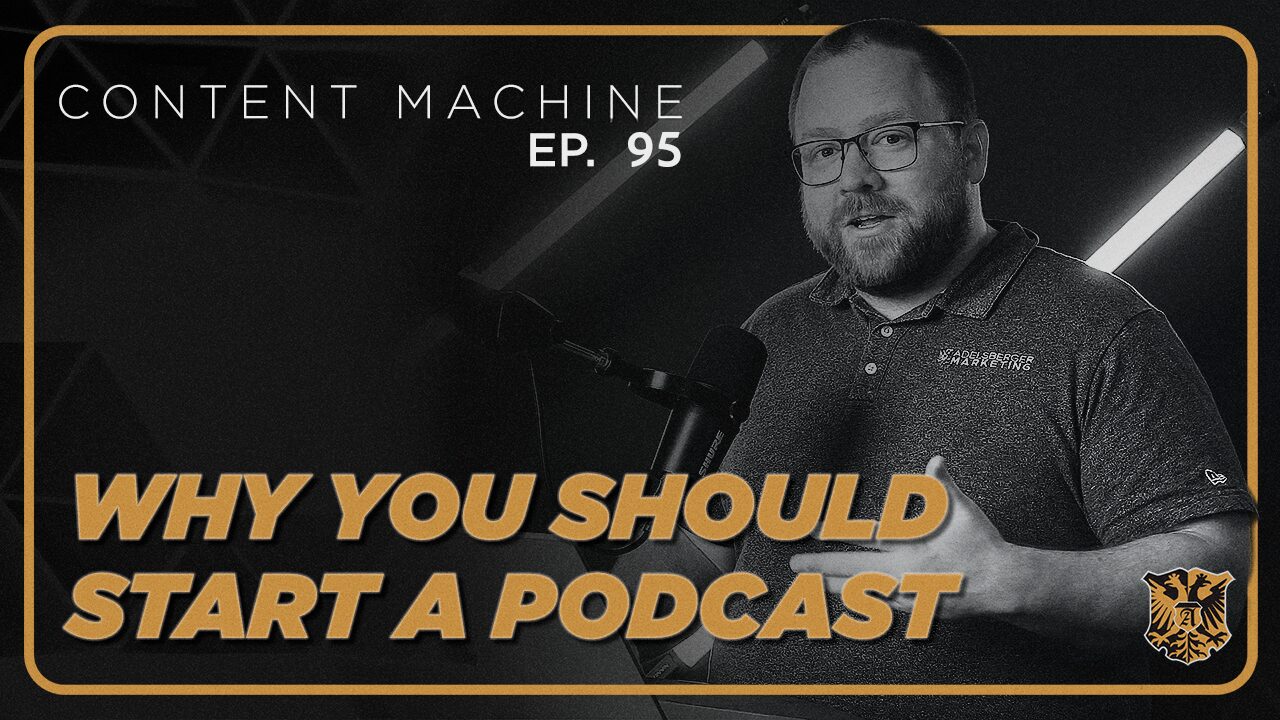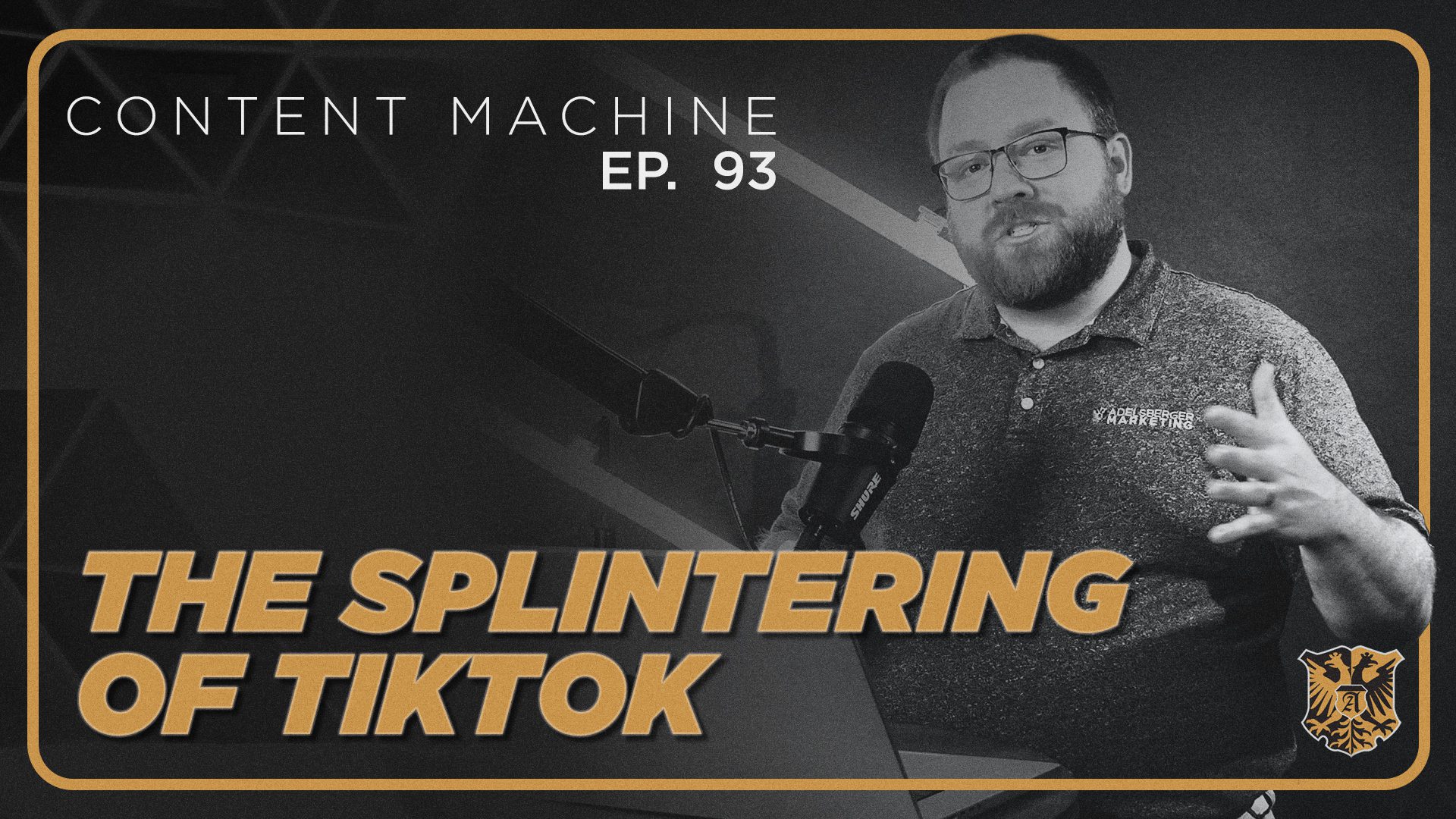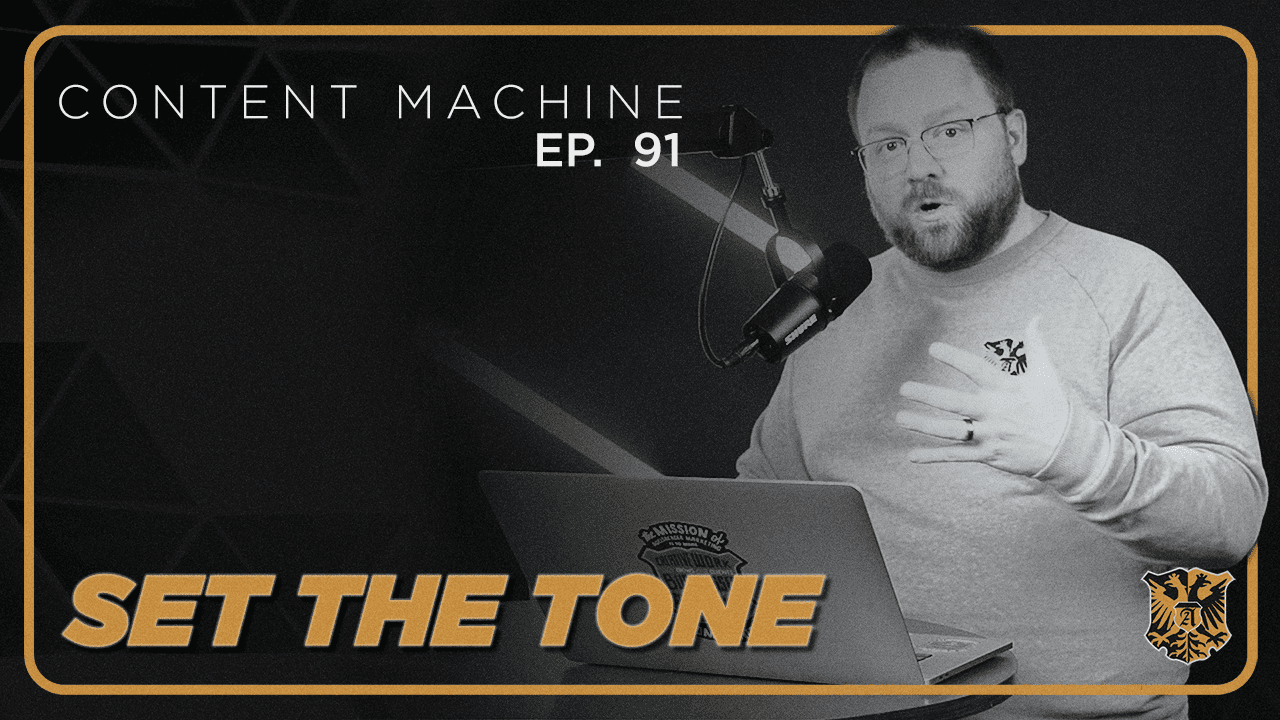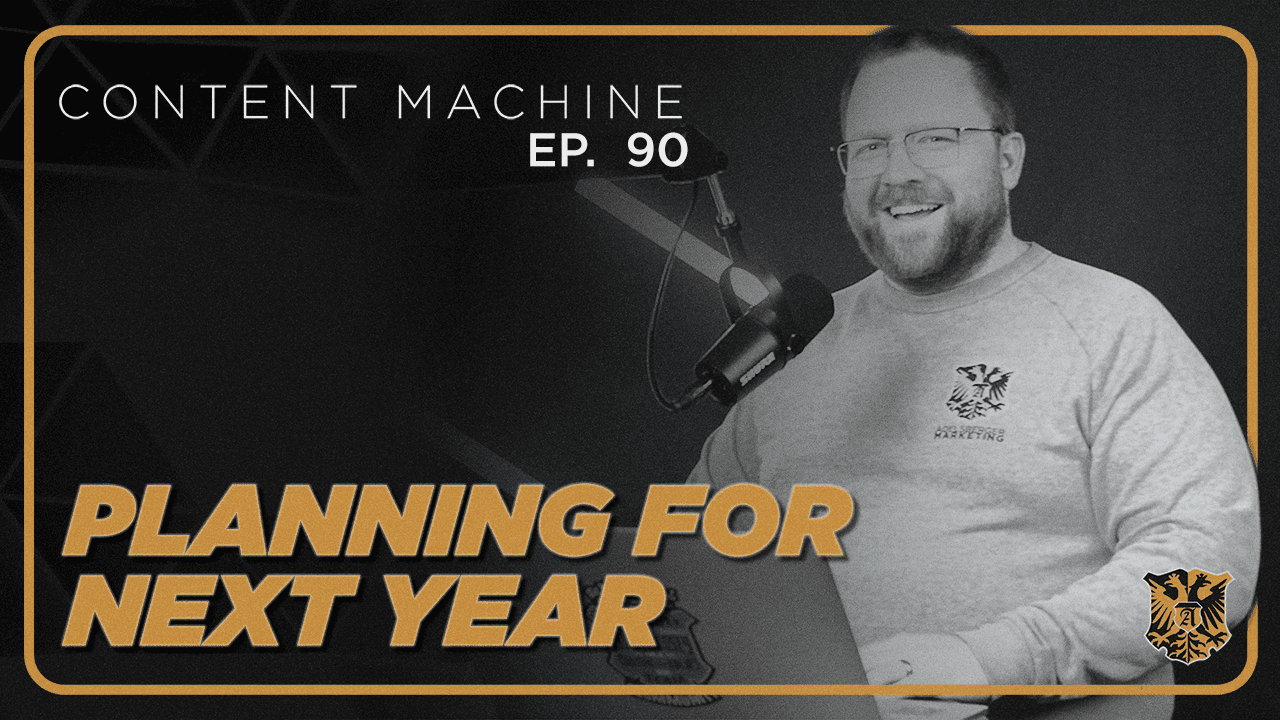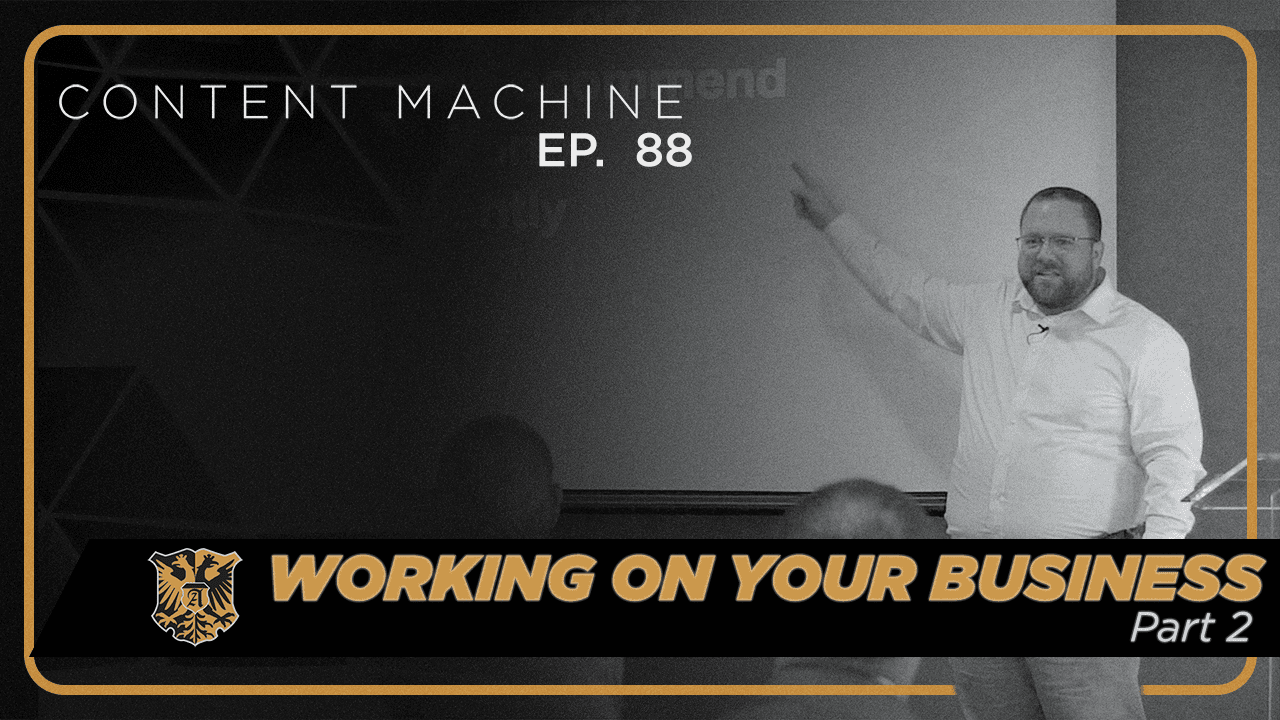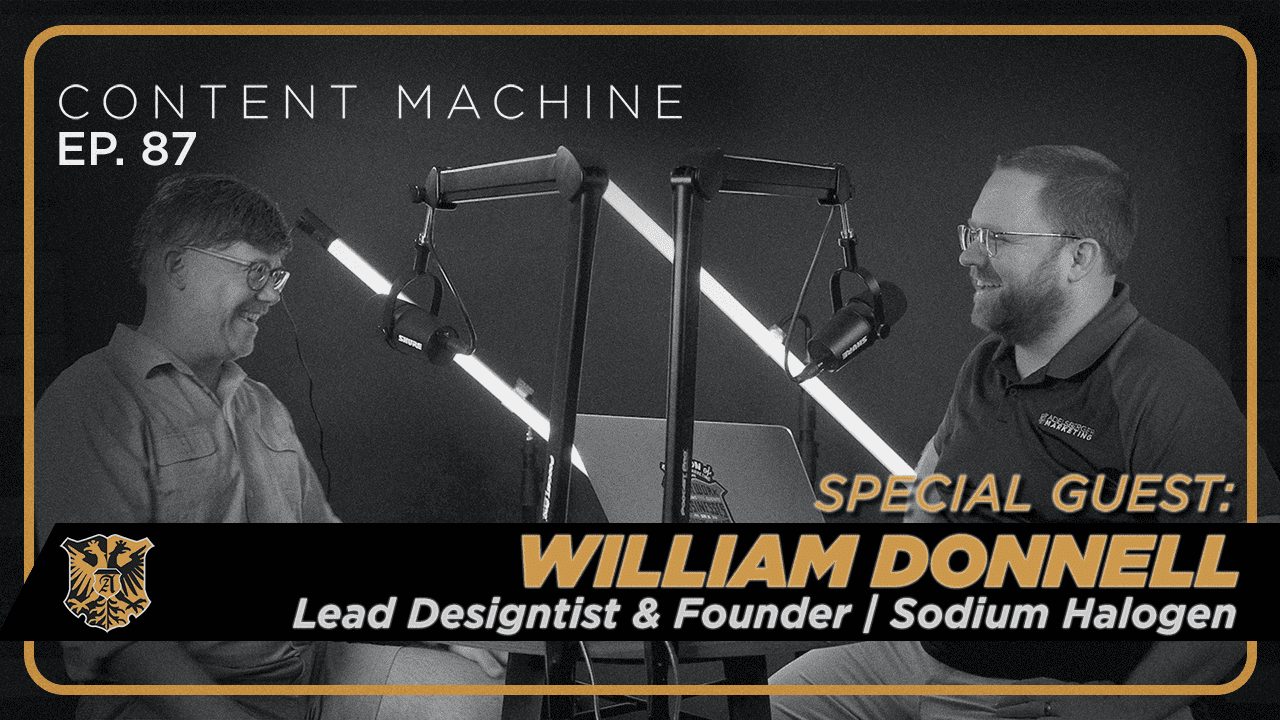Now, the next question then is, what prevents you from doing the thing that you’re most valuable at? So what can we do to overcome those things? Well, the first thing is… The next topic is Delegation. That’s not a surprise to anybody here, right? But I want to give you some thoughts about Delegation. This quote, Andy Stanley I wouldn’t necessarily go to him for theology or anything, but he was at a leadership conference a long time ago, and he said a quote, and this is more than a decade ago, I heard this quote, and it stuck with me ever since. He said “Leaders should focus on doing what only they can do and delegate the rest.” This idea of what’s the most valuable thing that you can do was planted in my brain a long time ago, and I don’t always follow through with it as much as I could. So going back to our Chief Everything Officer worksheet, what can you take off your plate? What are the things that are low value for you that you can hand off to someone else and delegate it so that you have more time to do the things that you’re best at that provide the most value?
Delegation is not a dirty word. Because sometimes I have conversations where I’m like, people are just like, I just don’t want to do that thing. Well, there’s a reason you don’t want to do that thing. You may not be skilled in it. It may not be the right thing for the business. It’s not just you’re like, I want to get rid of this piddly task and give them to someone else. No. Delegation allows you to free up your time to do the things that you need to do. We’ve covered that a bunch. It allows the things to be done with more attention and focus than you’re going to give to it anyway. The things that I need to get rid of are things that I’m going to do as quickly as possible to get rid of them. But if I give them to someone, they can give them true attention and focus and do a better job at that than I will. Also, you can get someone who can do it better than you. There are people who are skilled at things. I hate accounting, but man, I’m glad accountants like it, right? Because you’re Giving someone an opportunity to grow and find work that they love.
Just because you don’t like to do it and you think it’s a piddly task that needs to get off your schedule, doesn’t mean that someone else won’t find it fulfilling. You’re not delegating it because it’s trash. You’re delegating because you need to do something different. Delegation can be really good for you, and it can be good for someone else because it gives someone an opportunity to contribute to your organization. Now, there’s a couple of levels of delegation. Do as I say. This is where interns start. I don’t care what you think. I just want you to do this thing. If you do that well, we can move you up the spectrum of authority. Research and report. So learn about it, tell me about it, and I will I will make a decision. Research and recommend. Learn about it. Come to me with a recommendation. You’ve earned some trust. I’ve seen that you’ve made wise choices. Come to me and recommend, and then I will confirm or tell you to go back to the drawing board. Decide and inform. This is a big jump between these two. But hey, make a decision. Let me know so that when I talk to the customer, I know why you’ve made that decision.
And then act independently like, Hey, you’re going to handle this. I’m trusting you. And this is a funnel. Everybody know business is a funnel. Most things in life are a funnel on some level. You start at the beginning and you work your way down until you build trust and you know someone’s competent enough to do that. Delegation is important, but what do we need to delegate? We’ve talked about tasks. Let’s think about it from a different perspective. I don’t like organizational charts, but I think they can be a very useful tool in this aspect. I started my company from nothing about 10 years ago. And a couple of years in, I learned about an activity. I can’t remember which book it was in, but it was like, make an organizational chart for your business. And I’m like, that seems dumb. It’s just me. And they’re like, the idea is like, No, You do more than one job, make a chart of all the jobs that have to happen, and then figure out who’s filling those jobs right now. So I got to do a new one of these in a couple of weeks. I want to do my end of the year planning
But a couple of years years ago, this was as best as I could get to as an organizational chart for my business. The visionary and integrator words sound a little arrogant, and it has to do with a book that I’ll talk about in a minute. But notice, very heavy on this side are a lot of things that you’d recognize that go with marketing. We got a videographer, we got a copywriter, web design, all those things. If I was to ask you what a marketing company does, you’d get a lot of those. Well, but we also have to worry about business development and account management. Oh, by the way, we have a van. You may have seen it outside. We love our van. Hey, it’s got to get its oil changed. It’s got to get washed. I need to wash it. It’s like growing mold. So IT, HR, all things that have to happen in my company. But I don’t have a dude who takes care of the van. So when you draw the organizational chart for your business, go detail. All the things that have to happen need a spot on the organizational chart
Then what you do is then you start putting names by stuff. And this is where it gets a little sad because you’re like, Oh, my name’s on a lot of spots on this chart. And now, a couple of years ago, my name was even more spots on this chart. Eventually, I want my name to just be up here, but it’s not going to be that way for a while. But vehicle maintenance, that falls in my camp, right? HR, it’s me, my project manager, and my wife. I hope that my project manager doesn’t have an HR issue. I help with IT, and then we got a guy on our team, Ricky, he can fix anything. It’s really remarkable. Eric’s in the back recording. He’s on the videography team. You can see how… You see my initials a bunch, right? You should do this. You should make this list. And then what you do is ask the question, what do we do to start removing you from things? Because you only have so many hours in the week. One of the hardest lessons that I’m still continuing to learn running a business is that I can only work so hard for so long, and then I’m going to fall apart.
And I’ve gotten close to that a few times in the business. And so the old phrase, faster alone, further together is very true. And so what can you do to start removing yourself from this list? So can you promote someone internally? Can you hire someone to help you with those things? There’s things called virtual assistance. I was talking to a guy who owns an HVAC company yesterday, and I was like, he still takes all the phone calls for the new business. I was like, what if you hired a virtual assistant to take all the calls and give you a schedule? And he’s like, wow. He’s like, I could get another job done every day. I was like, yeah, that would pay for it very quickly, right? Fractional leadership. CMO, CFO, COO. Have you guys heard of the term fractional leadership? A couple of you. It’s where you can’t afford a chief operating officer, but you need someone to help you with that type of area. You go on LinkedIn and you type COO and you’re like, Oh, there’s a bunch of people doing this, and they work for you a couple of hours a week, and they give you guidance in that area.
And I’ve gotten close to that a few times in the business. And so the old phrase, faster alone, further together is very true. And so what can you do to start removing yourself from this list? So can you promote someone internally? Can you hire someone to help you with those things? There’s things called virtual assistance. I was talking to a guy who owns an HVAC company yesterday, and I was like, he still takes all the phone calls for the new business. I was like, what if you hired a virtual assistant to take all the calls and give you a schedule? And he’s like, wow. He’s like, I could get another job done every day. I was like, yeah, that would pay for it very quickly, right? Fractional leadership. CMO, CFO, COO. Have you guys heard of the term fractional leadership? A couple of you. It’s where you can’t afford a chief operating officer, but you need someone to help you with that type of area. You go on LinkedIn and you type COO and you’re like, Oh, there’s a bunch of people doing this, and they work for you a couple of hours a week, and they give you guidance in that area.
It’s a little bit more woowoo I guess would be the word than I normally read books at, but this is an enjoyable book that helps you think about how to expand – have you read Is it? No. No. Okay. Oh, well, and if you scan that code, I’ll get money. So it’s great. All right.
So the second component, and we’re doing good on time, is Traction. A lot of the next part comes from a book called Traction by Gina Wickham. Who’s read or seen that book? A couple of you. Great. Perfect. Traction is like, how do we make progress in the whirlwind of business? I’m sure I’ll have a semi-acrimonious meeting with a client this afternoon. How do I still make progress on my business, even though I’m dealing with that and dealing with all the details? How do we grow our capacity and operations for the business? Well, first we need to have a vision. So what is your ideal future? So this is another… If you clip through the book, there’s sheets, the organizational chart in there. There’s a thing called 10-year goals. So what is your ideal future for you and your business?
What is your income in 10 years because of the business? What is your company revenue? What is your percentage of profit coming in? How many staff do you have? Here’s things that I care about. How does your staff describe you? What is the culture that you’re building? How are you treating your people? How does the community describe you? If you asked a random person on the street that knew about your business, would they say that you are someone they wouldn’t want to do business with or someone that they would want to do business with? What does it look like for us? One thing in our 10-year vision is to have a big studio space. That may look different. Obviously, most of you probably don’t need a big studio space, but you may have something specific that you want to have. Jamie might have a fleet of vehicles, and you’d like to be completely get free on those vehicles in 10 years. Is there a specific thing that you can hit on that goal? And then what do your responsibilities look like in 10 years? If 10 years from now, if you’re successful, what does your job look like and how will it be different because you’ve grown the organization underneath you?
Traction is the idea of this vision meets reality and it turns into action. And that’s when you have traction and you start moving forward. This is from a book called Traction by Gino Wickman. So I would encourage you to read this. It’s like an operating system for small businesses. And so it’ll help you give a framework to achieving the goals that you want to achieve and give you a set of methodologies to get there. So we’re going to talk about a few of those really quick. It starts with having you set a 10-year vision, and I’ve done that. And then if you’re going to get there in 10 years, well, where do you have to be in five years to get to the 10 years? I know that sounds really simple, but having to put it down on paper is a little bit of a challenge. For me, five-year goal, and for Mark, too, is we’re going to take a month off, not together, Just to be very clear. I mean, we could if you wanted to go somewhere, but my goal is to take a month off of my business and not touch anything in the business for a month.
Because in a month, all the cycles of normal business will have happened, and if they can do that without me, that means that I have a real, true business, not something that I have to run and maintain, something that can run itself. That doesn’t mean that I am no longer involved in the business or anything. It just means that I can work on those things I’m the most valuable at, thought leadership, big customer development, strategy, stuff like that. One year. So if you want to get there in five years, what’s the one year goal? How do we make one year’s progress? And then for one year, what’s the next 90 days look like? How do break that goal into 90 day increments to get to where we’re going. What does that process look like? So it’s a system called Rocks. There is an example Rocks sheet in your agenda, which it looks like that. But this is an actual screenshot of our Rocks. I gave you a piece of paper you can do it on. You can do it in a spreadsheet. They sell a lot of different softwares for this, but I’m cheap. So we do it in a Google spreadsheet.
And important thing is we talk about it every week, every week in our team meeting, our staff meeting, because our company is small enough that we don’t have a leadership team that just runs this. As your company grows, usually a leadership team runs these meetings. Every week, I would ask Brittany, which is initials BC, where she’s updating our case study content. Brittany, give me an update on the case study content. Hero video. Alex, Ricky, give me an update on the Hero video. Kevin, me, so I’m accountable to the team, too. Release the CMO service, plan in place. So you can see, look, I had to tell the team multiple weeks that I was behind on this. It’s not fun, but the accountability is super important. Even for you as an owner, I almost feel like it’s more important for you as the owner because nobody’s going to stop paying your paycheck. Nobody’s going to fire you. You’re not going to get a deduction on your whatever. You’re not going to get a point on your record or whatever. My accountability to the team is just as important as their accountability to me. This is a screenshot of our actual rocks, and I think we actually completed all those rocks.
Now, also, truth telling here, our third quarter rocks, my summer got so crazy that I jettisoned all the third quarter rocks. I said, Guys, we can’t do that right now. We’ve got to focus on what we’re doing. Which is a whole another situation. And so fourth quarter, the rocks are back. I started a week early. We’re moving forward again and growing progress for the company. So I’m not a perfect example of this, but this accountability is super important. And then you’ve got this worksheet. Well, And so start something easy like read EOS and what does success look like? I read the whole book. And then who’s responsible? It’s probably you. And then what day does it due? And then each week in your leadership meetings or your staff meetings, you give an update and you ask whoever’s in charge of that thing to give you a report. Because it’s like doing a group project at school. When they are like, Hey, did you do your part? You don’t want to be like, I didn’t do my part. At least I hope you’re not one of those people. Statistically, there’s probably a few of you in here, but accountability is key.
So the traction book is really helpful for that. Okay. Yeah. We got time for questions. I’m going to do the real quick pitch. If you are needing someone who’s a strategic marketing partner, we would love to help you. We work on websites, digital advertising, videography, and then we also have a CMO service where we work with this framework with your business. And so we help you think strategically about marketing. On top of that, this QR code, you can sign up to get the workbook emailed to you. So if you wanted to share it with people in your office. And if you want to get a recording of this session later, scan that code, put your email in there, and I’ll email you about when that’s finished being edited. I’ve got a couple of comments or time for comments or questions. So the floor is open. And if not, I will turn it back to Kyle. Thank you all for your time and your attention. I hope it was valuable. If you have any questions later, feel free to shoot me an email. I’d love to talk about this stuff. So thank you all for your time today.

